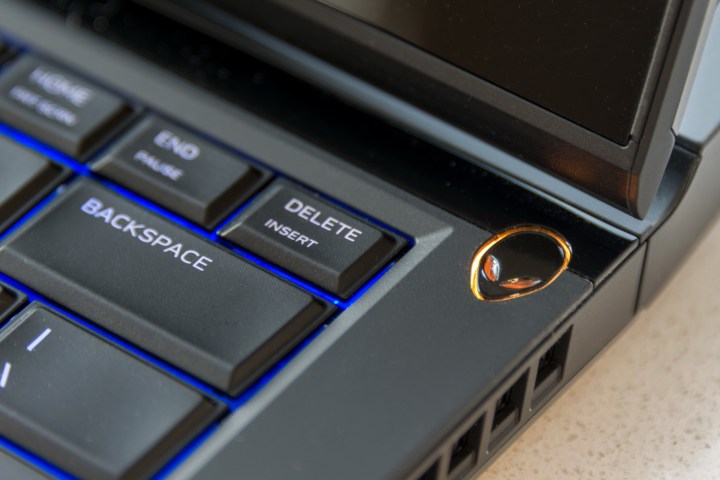
According to the reports, the global PC gaming hardware market actually broke through the $30 billion mark for the very first time in 2016. This market consists of pre-built PC gaming machines, processors, graphics cards, memory, and other upgrade components. It also includes PC gaming peripherals (mice, mechanical keyboards, headphones, and related devices), monitors, and other accessories.
For 2016, the Asia Pacific Region saw 9.61-percent growth over the last year, and is expected to have a compound annual growth rate of 7 percent through 2019. This area had the fastest growth and largest market size due to the area’s population, the lack of gaming console interest, and the “entrenched” PC gaming community. The total addressable market in this region during 2016 was almost $11.3 billion.
North America and Western Europe didn’t see the same annual growth experienced by the Asia Pacific Region, but came close, with North America racking in a 5.78-percent growth rate and Western Europe seeing a 6.63 percent growth rate. However, the reports note that both of these regions fed the high-end hardware market given that westerners have a “strong” appetite for high-end PC gaming systems with high-end price tags.
During 2016, the high-end tier ruled the global PC gaming hardware market with a 43-percent market share followed by the midrange tier with 35 percent. The entry-level market only saw a 22-percent market share, but that should eventually rise due to products like Nvidia’s GeForce GTX 1050 graphics cards and similar solutions that cram more performance per watt into products that are equally as powerful as similar solutions with higher price tags.
“We are also very excited about the prospects for the AMD Ryzen CPU platform and think it will be adopted at all three hardware tiers,” the firm said on Monday. “Of course, Intel CPUs currently offer superior power and value for gamers of every budget level, and their integrated graphics now rival game consoles.”
One thing JPR discovered was that the PC gaming population is growing in the high-end and midrange markets where the average selling price is rather high. This should be great news for the economy and the spending habits of computer shoppers on a whole, but it seems to indicate what may possibly be going on with the PC market.
First, because decent PC gaming requires decent hardware that can perform, shoppers are looking for desktops and laptops that can provide this experience. After all, if it can play Doom (2016) at a decent resolution and frame rate, it certainly shouldn’t choke on simple things like loading up a web page or opening a document. Shoppers may simply be tired of empty promises and poor performance from underwhelming, cheaply priced solutions.
Second, the most basic tasks that once ruled on the PC can now be handled by the smartphone, such as trolling Facebook, sending email, and shopping for a better laptop online. Why sit in front of a desktop monitor or drag out the laptop if all users want to do is find a recipe? That leaves the traditional desktop and laptop to serve as a video editor, content creator, PC gaming platform, and so on. Heck, even Microsoft is embracing the PC gaming community with Windows 10.
Ultimately, the firm predicts that the global PC gaming hardware market will continue to grow at a compound annual growth rate of 6 percent through 2019. Given all the reports of decaying PC sales, the latest news from JPR seems to indicate that the PC gaming hardware market is what is keeping the overall PC market afloat. And the hype surrounding the Oculus Rift and HTC Vive virtual reality headsets doesn’t hurt the PC market either.



